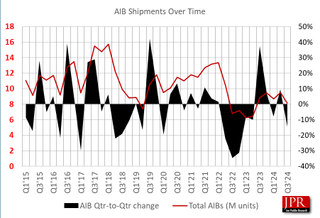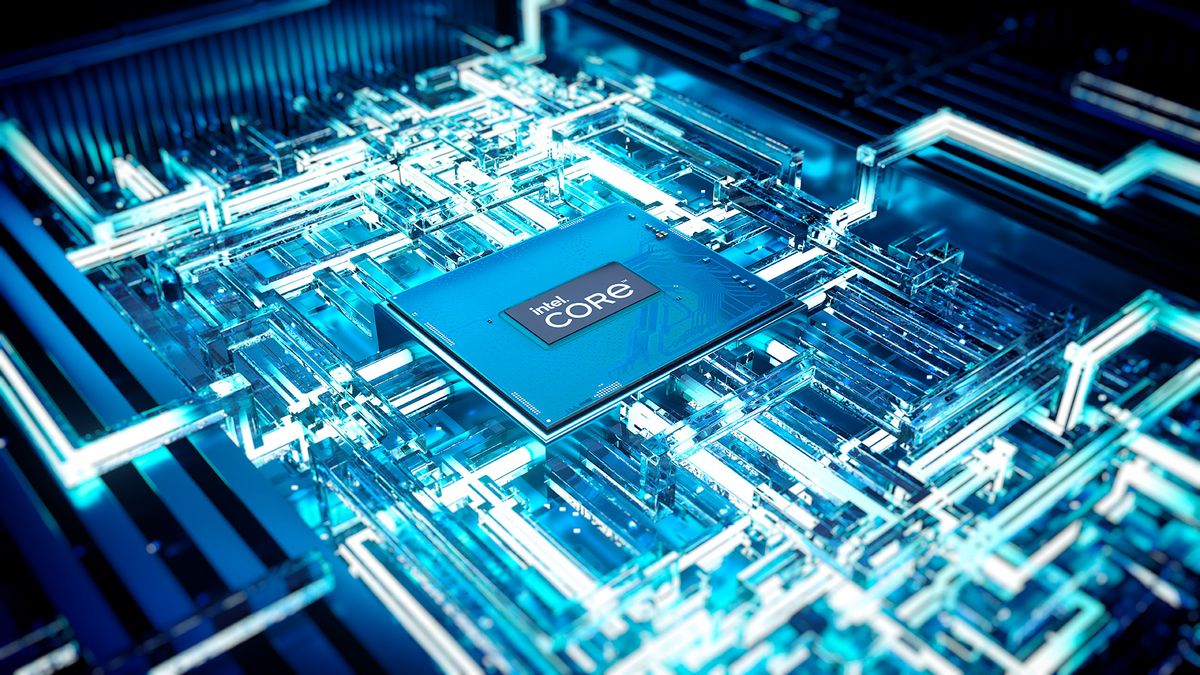According to analysts from Jon Peddie Research, sales of dedicated GPUs dropped 14.5% in Q3 2024 from Q2. The market decline, trouncing traditional market behavior of sales increases in the third quarter, is largely due to consumers waiting for Nvidia and AMD's next-gen offerings, both likely to be announced in January 2025.
Discrete graphics cards, referred to as "AIBs" (add-in boards) in JPR's release, are having their worst sales since Q2 2023, which came at the end of a year-long downturn. Q3 2024 AIB shipments reached 8.1 million units, primarily buoyed by 20.1 million desktop PC CPU shipments.
Within Q3 2024's downturn for AIBs, Nvidia took a 2% market share from AMD since Q2, going from an 88%/12% split to 90%/10% in three months (Intel still sits at 0%). This "slight flip" hasn't impacted greater market dynamics but is still a sign of Nvidia's dominance in the sector.

The attach rate of desktop CPUs and discrete GPUs also fell incrementally year-over-year and quarter-by-quarter. Desktop CPU and GPU shipments at 20.1 million/8.1 million represents a drop from a 19m/9m relationship in Q3'23 and 14m/10m last quarter, representing a -26.9% change from Q2. Integrated graphics solutions rising in power and dedicated GPUs rising in price are likely culprits in this, as well as general market hesitance to buy what is about to be last-gen cards.
The most concerning part of JPR's research is its forecast for the future of discrete GPU sales in the coming years. From 2024 to 2028, GPU add-in boards are estimated to have a compound annual growth rate of -6.0%. This is mainly due to the heavy tariffs U.S. President-elect Donald Trump has promised to bring with him into his second term, which is expected to raise consumer laptop and electronic prices by 45%.
"We think the tariffs and lack of matching wage increases in the next two years will drive the U.S. economy into a recession," said Jon Peddie, director of Jon Peddie Research. "Our long-term CAGR forecast is gloomy... other nations will feel the implications as consumers pull back their spending.”

 3 weeks ago
11
3 weeks ago
11








 English (US) ·
English (US) ·